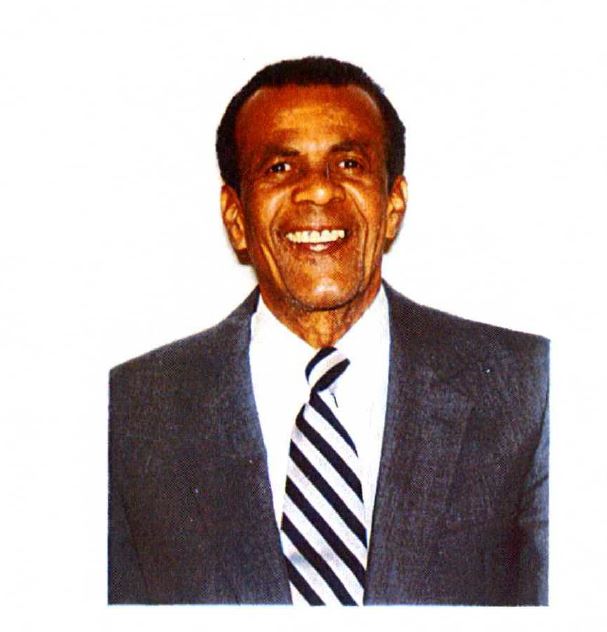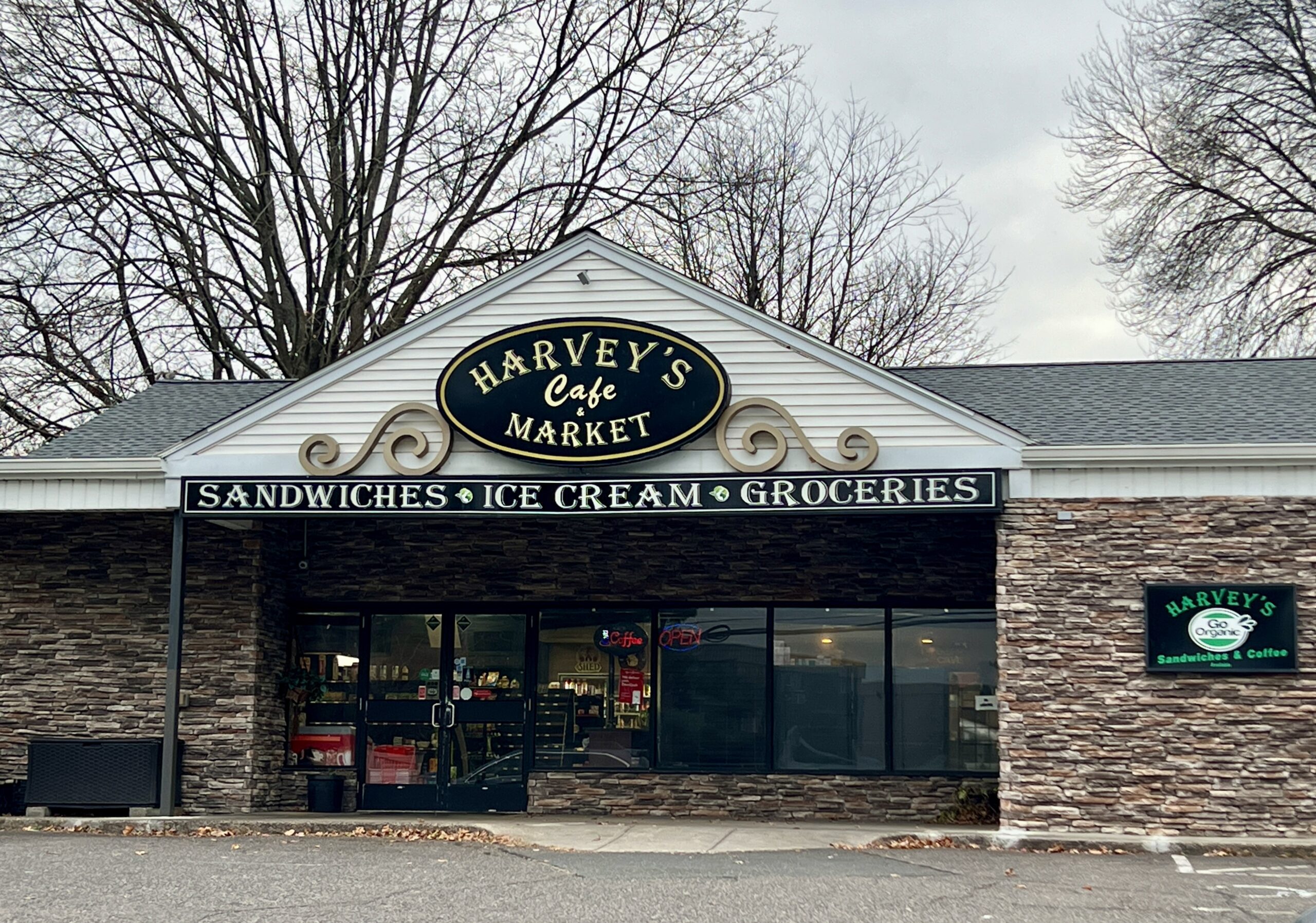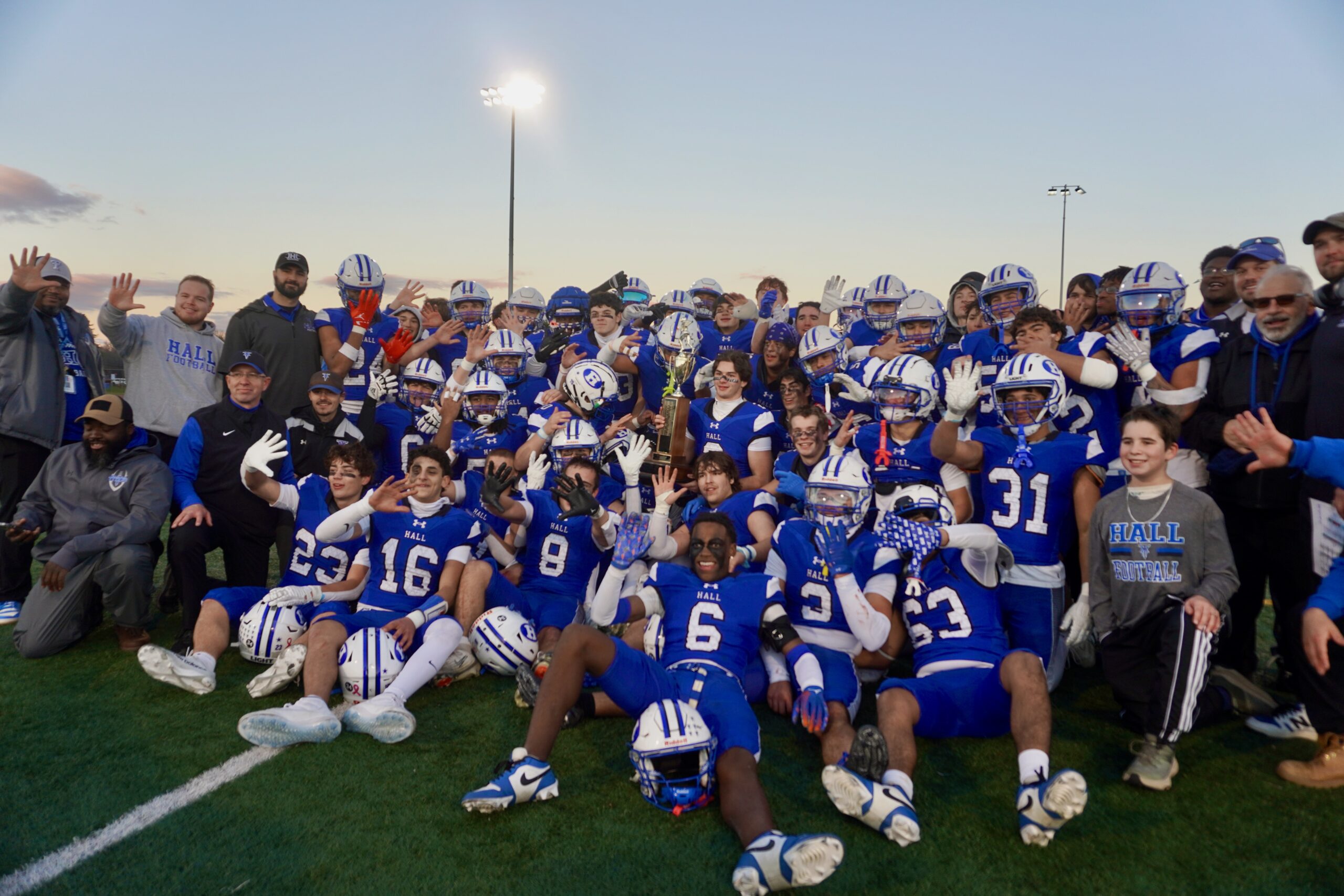Op-Ed: Black History Month and Treating All Citizens Fairly

Audio By Carbonatix

Jim Johnson. Courtesy photo
An essay by James A. Johnson, Conard ’60.
By James A. Johnson
“The Arc of the Moral Universe is Long, But it Bends toward Justice.” – Martin Luther King
Colleges and universities seek diversity in order to prepare students to meet the needs of our diverse society. This would include Asians, African Americans, Hispanics, and Native Americans. If we are going to have a true democracy and serve people of different racial, religious and sexual orientations we must understand their feelings and culture.
Writing this article is an emotionally draining experience. Race is still a problem in the 21st century manifested economically, socially, educationally, and in many other ways. Race the biological distinction is the most durable, singular, social preoccupation of the United States throughout its history. Race is the constitutional Continental Divide.
The listing of American race relations is so familiar that even the most casual student can glean America’s attitudes toward race. The mere mention of the following words set out in their minds, the details of the evolution of America’s attitudes toward race. For example, NAACP, Brown vs. Board of Education, U.S Supreme Court Justice Thurgood Marshall, Martin Luther King Jr., Jacob Blake, Floyd George (I can’t breathe), Ahmaud Arbery (murdered while jogging), and Black Lives Matter.
Protests
What do Ronald Greene (Louisiana), Daunte Wright (Minneapolis, Minnesota), Andrew Brown (North Carolina), Breonna Taylor (Louisville, Kentucky), Jacob Blake, George Floyd, Rayshard Brooks, Ahmaud Arbery, Michael Brown, Eric Garner, Tamir Rice, Akai Gurley, Floyd Dent, Walter Scott, Eric Courtney Harris, Trayvon Martin, Freddie Gray, Samuel DuBose, Christian Taylor, Lequan McDonald, Alton Sterling, Philando Castile, and Stephon Clark have in common? These 23 names conjure up fear and resonate strongly in Black America. It also speaks loudly on college campuses especially among minority students.
They are not silent protesters but are part of a national movement to fundamentally reform our country’s approach to law enforcement and criminal justice. I believe that almost all of them have experienced some form of prejudice, bias, or injustice. They feel added pressure and a responsibility to ensure that the law is applied fairly. On Nov. 30, 2014, several NFL St. Louis Rams took the field with hands held high. This is the universal sign for surrender. In honoring Michael Brown, they adopted the stance to show solidarity and a demand for justice after a grand jury chose not to indict police officer Darren Wilson. This is why they protest.
Race is never a simple equation in America. And, racism is not going to go away quietly unless we have the determination and the courage to individually and collectively change our thinking and behavior.
Protestors are clamoring that national refrain: Black Lives Matter. A new movement is taking shape and sweeping the country – Black Lives Matter. Activists are working to make the country confront racial issues. They have performed a plethora of demonstrations to focus on institutional racism. These shooting comes amid increased scrutiny nationwide of police use of deadly force in cases involving black unarmed suspects.
The premeditated murder of five white police officers in Dallas, Texas, and injury to nine innocent people in retaliation is outrageous. In the words of Dr. Brian H. Williams, trauma surgeon at Parkland Hospital: “This has to stop!”
The question remains: Why are Black men constantly being identified and mistaken as carrying a weapon? It appears that when dealing with Black suspects police shoot first and ask questions later. And, the same narrative prevails: “I was in fear of my life!”
Keep in mind that a minority person in America has to perform all the functions and daily responsibilities just like members of the majority. But, minorities have additional daily burdens and hurdles to jump. A threatening look, a stare or slight requires thick skin to let it pass. And, its effect remains in the psyche of the intended recipient.
I believe parents in some form have to explain to their children: “This Black skin you got from me will cause you to waste a king-size slice of your lifetime fending off affronts, bias and injustice – both real and imagined.”
The Human Race
The term race is a social construct that has evolved from colored, Negro, Black, to African American. There is no scientific basis for race. It is a made-up label. The concept of race has no genetic or scientific basis. All human beings are closely related. Everyone has the same collection of genes except identical twins. Homo sapiens our species, evolved in Africa.
Institutional Racism
The road to equality for Black Americans is full of potholes that have gutted the highway. Racism, oppression, egregious discrimination, violence, despair, and faith are the themes that define the black experience in America.
Race – racism – is in the very threads of the American fabric. It is the essential thread woven into our national character. No matter how we embroider the cloth, it will always be there. Thus, skin color becomes the primary measure of a human’s abilities. To the racist, individuals exist only within each race, their qualities dictated by genetic inheritance.
Racism is vicious. It is a learned behavior, built on false premises and fueled by constant cultural reinforcement. Science defines you by your DNA. Society defines you by the color of your skin. We live in a society historically defined by racial boundaries of our own invention. Therefore, we can and should, individually and collectively, change our thinking and behavior.
Read NBA Player Kyle Korver’s essay, “Privileged,”in the April 9, 2019, New York Times by Victor Mather at https://www.nytimes.com/2019/04/09/sports/kyle-korver-white-privilege.html. Korver states that he is embarrassed by the systemic racism and the way black people are treated in America.
What happened in Minnesota; North Carolina; Georgia; Ferguson, Missouri; New York City; Cleveland, Ohio; Inkster Michigan; North Charleston, South Carolina; Tulsa, Oklahoma; Sanford, Florida; Chicago, Illinois; Baltimore, Maryland; Baton Rouge, Louisiana; and Sacramento, California are a product of institutional racism that engenders an inherent fear of Black males. The genesis is primal fear. Police officers are in fear of interacting with Black males. Some of it is understandable, but mostly it is the assumption by society in general that blacks are inherently bad, violent, and have a propensity for bad behavior.
We have been primed to fear Black males despite the empirical reality. The media in print, film, and television has helped to foster, reinforce, and sustain this primal image beginning from slavery, minstrel shows, black-face performances, to stating ”The first African American to do …” or Eric Holder made history as the first African American U.S. Attorney General,” implying that no Black person before was qualified. Even former President Barack Obama falls victim to such ridiculous gorilla effigies. This cumulative effect is the reason why Black males make so many people profoundly scared.
In sum, we are desegregated, but we are not integrated. Tellingly, go to any public school or college cafeteria and observe how racial groups are seated. Campus racism is not limited to one particular school or geographical area because it exists at many colleges and universities and in different ways. In the Chronical of Higher Education, Jan. 8, 2016, at A21, Black students describe racial division, isolation and prejudice at the University of Missouri-Columbia campus. They are clamoring: “Racism Lives Here.”
The System
As a group, police officers are not racist. It is the system that is racist. That is what the majority of protesters are saying. The system causes cops to be petrified interacting with Black males. We need to address and fix the system. The deaths of Jacob Blake, George Floyd, Rayshard Brooks, Michael Brown, Eric Gardner, Tamir Rice, Akai Gurley, Walter Scott, Trayvon Martin, and Stephon Clark – unarmed black males, killed by white police officers, using government-issued bullets – which went unpunished should cause us to question racial progress. Additionally, institutional and individual racism makes sick people become more mentally unstable. Case in point is the ambush and assassination of two New York City police officers Ramos and Liu in December 2014. And, Dylan Roof, who murdered nine Black citizens in their church during religious services.
So, when people ask: We had a Black President. Why do we need the ACLU, Urban League, affirmative action, and the NAACP at this late date? The answer is: It’s not that late! Black people in America have told me: “We didn’t land on Plymouth Rock – Plymouth Rock landed on them.” Notwithstanding the aforesaid, no minority person anywhere has been successful without the support of someone in the majority group.
Americans of all races are denouncing racism and discriminatory policing by law enforcement agencies. Rallies and marches are taking place across America. A new focus is being placed on racial equity. The U.S. Justice Department has determined that black people in Ferguson, Missouri routinely had their civil rights violated.
Minorities are understandably upset because of the recent series of high profile police shootings and a long history of violence against Blacks in America. Black people in America are still victims of sinister conspiracy and openly orchestrated violence. But, the retaliation shooting in Dallas, Texas, and Baton Rouge, Louisiana, of innocent police officers is not the answer.
It is no wonder that many African Americans carry a lingering distrust of whites. Because of the horrors of abuse in America, Blacks are understandably wary. A significant percentage of African Americans refuse to get vaccinated for the coronavirus because they do not trust federal, state, and local governments. A constant reminder is a police officer’s knee on George Floyd’s neck, bullets riddling Breonna Taylor’s body, and Ahmaud Arbery murdered while jogging.
As difficult as it is to recall this country’s atrocities of rape, lynching, segregation, police brutality, and political disenfranchisement, it is essential that every American does. Keep in mind that 90% of African Americans have at least one white ancestor – and not by interracial marriage. For those who believe that they are not prejudiced, never mistreated a Black, brown, Native American, Jew, or stood idly silent in the presence of harmful conduct – you still must grapple with and try to correct our divided society. For you are the vicarious beneficiary of millions who structured our oppressive society and want to maintain the status quo.
The late law professor, Derrick Bell and civil rights activist states, in his 1992 book, “Faces at the Bottom of the Well: The Permanence of Racism”: “Black people are the magical faces at the bottom of society’s well. Even the poorest whites, those who must live their lives only a few levels above, gain their self-esteem by gazing down on us. Surely, they must know that their deliverence depends on letting down their ropes. Only by working together is escape possible. Over time, many reach out, but most simply watch, mesmerized into maintaining their unspoken commitment to keeping us where we are, at whatever cost to them or to us.”
Pittsburgh
On Oct 27, 2018, a mass shooting in Pittsburgh, PA in a synagogue was the deadliest attack on Jews in American history. Saturday is Sabbath for the Jewish faith, a time for prayer. Instead, it turned into a day of mourning for people nationwide. This is a hate crime. If you think that we do not need police officers and first responders – think again.
To paraphrase President Lyndon Johnson’s speech in 1965 on the Voting Rights Act of 1965: “I speak tonight for the dignity of man and the destiny of democracy. There is no Negro problem. There is only an American problem. I urge every member of both parties to join me in this cause. Their cause must be our cause too, … it is all of us, who must overcome the crippling legacy of bigotry and injustice. And we shall overcome.”
In 2019, Connecticut State Sen. Derek Slap introduced House Bill 7082 “An Act Concerning the Inclusion of African American and Latino Studies in the Public School Curriculum.” This bill was signed by Gov. Ned Lamont on June 21, 2019. African American history is American history. The very fabric of our country has been formed by outstanding contributions of African Americans in many fields.
A color-blind constitution is not yet the law of the land. Can a nation founded on religious freedom and human rights come to treat all of its citizens fairly in the 21st century? I believe we can.
About the Author:
James A. Johnson, a native of West Hartford and Conard alum is an accomplished lawyer. He is an active member of the Massachusetts, Michigan, Texas, and Federal Court bars. He concentrates on serious personal injury, insurance coverage, sports and entertainment law, and federal criminal defense. He can be reached at www.JamesAJohnsonEsq.com.
We-Ha.com will accept Op-Ed submissions from members of the community. We reserve the right to edit all submitted content.
Like what you see here? Click here to subscribe to We-Ha’s newsletter so you’ll always be in the know about what’s happening in West Hartford! Click the blue button below to become a supporter of We-Ha.com and our efforts to continue producing quality journalism.




This is very informative, written by someone who knows. Articles like this need to be read all the time, not just in February. Students need to know, not only the history, but also the physical, emotional, educational, and spiritual toll that racism has taken on African Americans. We all have a part in this, to call out when we see it and attempt, at the very least, to educate the perpetrator. Ignorance is at the heart of this. Teaching empathy is a start.